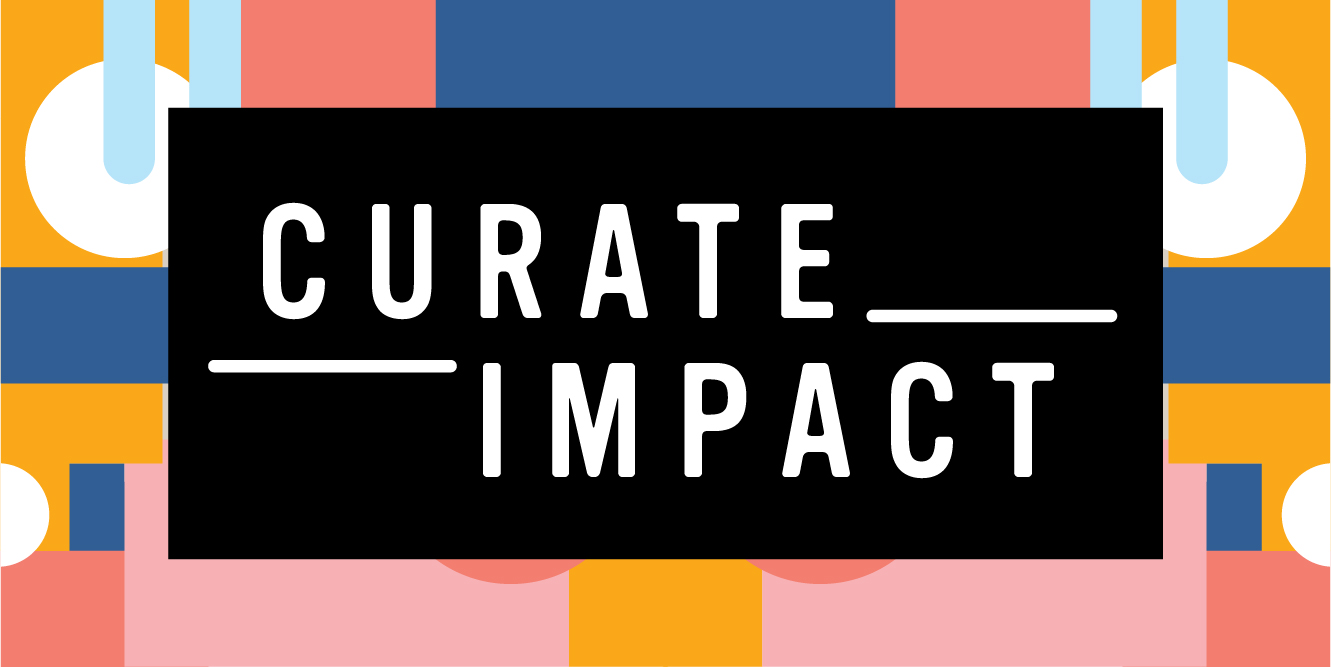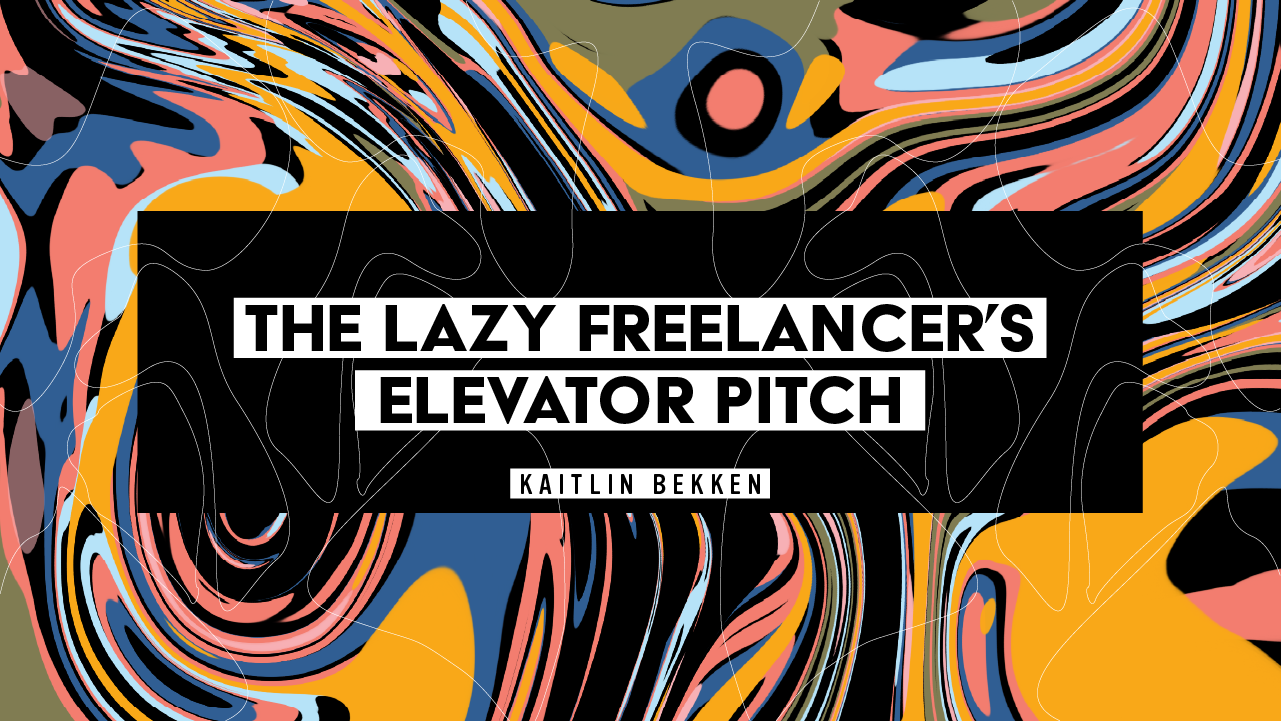This blog was originally shared on April 15, 2024. With the relaunch of our website (www.curateimpact.co), we are reposting our blogs on the new website and on LinkedIn.
“So, what do you do?”
Not the best way to network, right? About 6 months into this freelancing gig, I began to realize that instead of freezing every time someone poses this very standard question, I should take a few minutes to craft my go-to answer. But I didn’t just want a one-sentence statement that ended the conversation. Instead, I wanted my answer to spur on further questions, and perhaps get my conversation partner thinking “Hm, maybe this is the kind of help I’m looking for!”
Enter the Lazy Freelancer’s elevator pitch! Partly inspired by Danielle Levine’s Empower Hour focused on the lazy goal setting method, and mostly from a LinkedIn post that I can no longer track down (forgive me, someone very smart in my network!)
Let’s jump in…
To craft our elevator pitch, we’re going to utilize the following questions:
- What is a problem you solve?
- How do you solve that problem?
- What is a well known and impressive example of your work?
Step 1: What is a problem you solve?
In my work in Executive Support, it can feel like the entirety of my job is problem solving! I rebook the car service when the client changes their flight plans. I cultivate the donor list when projected giving looks low. I find the one cell in the spreadsheet of 10,000 and fix the formula. But to introduce our work, we want to start with the bigger picture, something that most people can relate to. For my clients, the biggest problem they’re looking for my help with is freeing up their time and mental capacity so they can focus on more strategic work.
Frame the intro to your pitch like this: “You know how… “
Ex. “You know how…(C-level execs and business owners can be weighed down by having too many things on their plate)?”
Step 2: How do you solve that problem?
Though we want to keep this pitch short, this is a good section to spend a little more time explaining. Give a comprehensive overview of what you do, hitting on your particular superpower that sets you apart from others in your field. You can share an overview of your responsibilities, but save the specific examples for the final step.
Frame your description like this: “Well, I…”
Ex. “Well I… (work as their right-hand partner, taking over logistical items like email and calendar, travel planning, and expense reconciliation, as well as strategic projects like CRM management or annual planning. I spend my time looking around corners, fixing problems, and improving process efficiency.)”
Step 3: What is a well known and impressive example of your work?
Don’t be intimidated by this step. “Well known” doesn’t have to mean this stranger has heard about the incredible automation you set up for your small business client across the country. Think of something familiar, very concrete, and memorable. Ideally, this should reference your superpower as described in Step 2. This is also something you can shift or change based on your audience.
If you’re really struggling, it’s a great conversation piece to use a well known figure from popular culture. I tend to go with CJ from the final seasons of West Wing!
Frame your final statement like this: “For example, I recently…”
Ex. “For example, I recently… (developed and executed on a donor engagement plan that increased giving by 25%.) OR (mapped out my client’s vacations for the year, including planning a trip for their family to see Taylor Swift in Europe.) OR (set-up an AI notetaker so I can assign next steps after team sales calls).”
Put it all together and voila!
“So what do you do?”
“You know how C-level execs and business owners can be weighed down by having too many things on their plate? Well, I work as their right-hand partner, taking over logistical items like email and calendar, travel planning, and expense reconciliation, as well as strategic projects like CRM management or annual planning. I spend my time thinking proactively, fixing problems, and improving process efficiency. For example, I recently mapped out my client’s vacations for the year, including planning a trip for their family to see Taylor Swift in Europe.”
Don’t be intimidated by the length of the paragraph! As long as it takes you less than 30 seconds to share, you’ll keep the attention of your conversation partner, and give them a comprehensive and intriguing view of your work.
And in an ideal world, they’ll be so impressed by your services, they’ll ask if you have any capacity to take them on as a client, if you can start tomorrow, and can they double your rate?
Well, a freelancer can hope…
Meet the Author: Kaitlin is an operational powerhouse specializing in strategic services, from high-level executive support to backend business process optimization. With a 10+ year track record of successful partnerships with C-level execs/founders/business owners, she's an expert at managing competing priorities, anticipating and solving problems, and increasing operational efficiency. She’s also the founder of Modus Medley, a newsletter for those embracing the blend between fulfilling work and a joy-filled life.
Connect with Kaitlin: Review Kaitlin's service offerings here; connect with her via LinkedIn or email.
A community of freelancers and small business owners built for impact.Curate Impact
Join the Slack Community!


